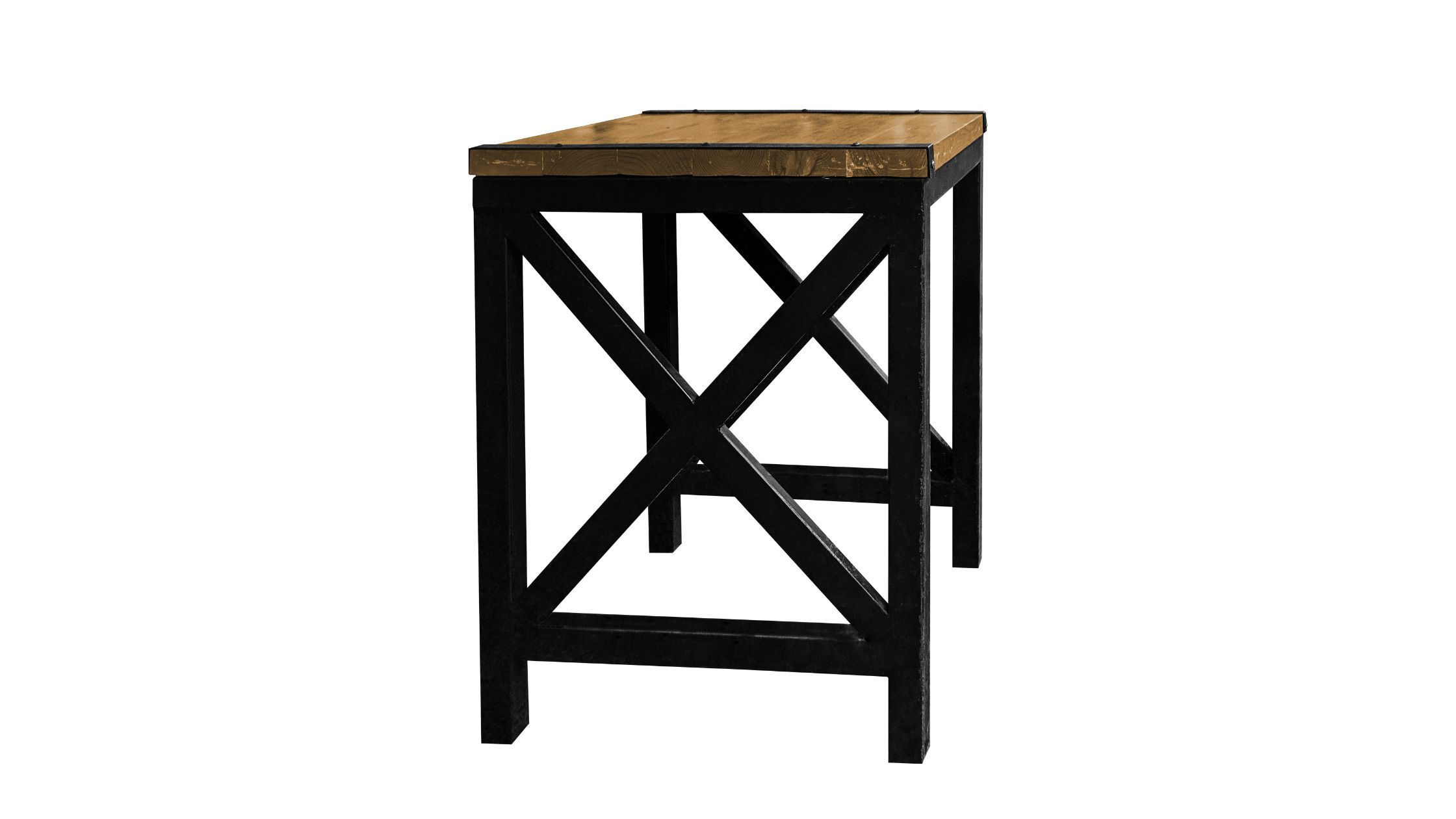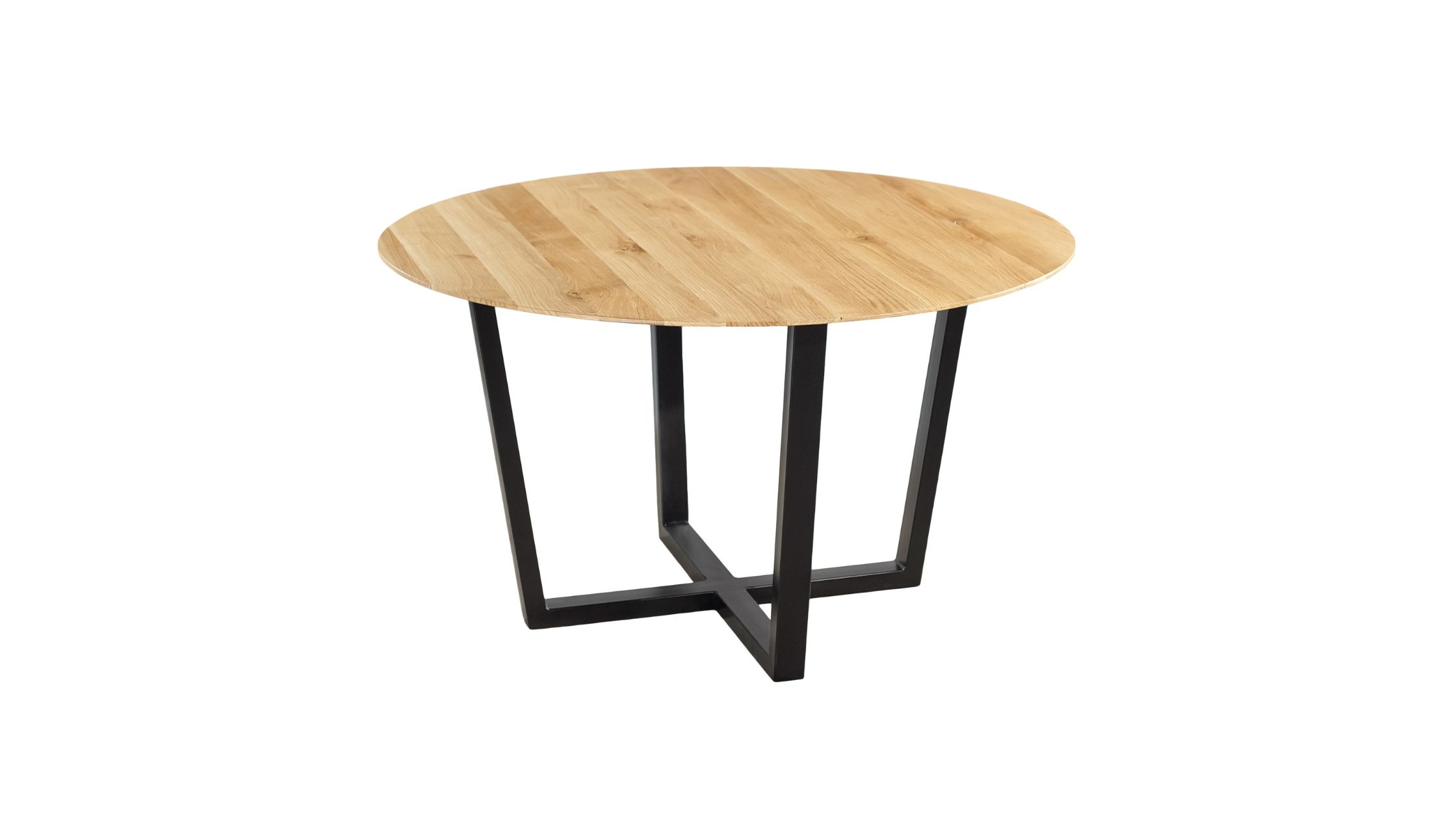When you look at a table, the part that often goes unnoticed but plays a crucial role is the table base. It’s not just about aesthetics; the table base provides stability and support for the entire structure.
Have you ever wondered how different types of table bases can impact the functionality and design of a table? Let’s explore the world beneath the tabletop and uncover the importance of this often-overlooked component in the realm of furniture.
Key Takeaways
- Table bases provide stability and durability for tables.
- Different types like pedestal, trestle, metal, and wood offer varied designs.
- Materials like wood, metal, glass, marble, and concrete are commonly used.
- Factors to consider include size, style, material, and functionality for choosing the right base.
Importance of Table Bases
Why are table bases essential for stability and functionality in furniture design? Table bases play a crucial role in providing the necessary support and stability for tables. Without a sturdy base, a table wouldn’t be able to bear the weight of items placed on it, risking potential collapse or wobbling. The design of the table base directly impacts the overall functionality of the table, ensuring it can serve its intended purpose effectively. Additionally, table bases contribute to the aesthetic appeal of the furniture piece, enhancing its overall look and style.
In furniture design, the table base acts as the foundation upon which the rest of the table is built. It determines the table’s overall durability and longevity, making it a key component in ensuring the furniture piece stands the test of time. Different types of table bases offer varying levels of stability and design versatility, allowing for customisation based on specific needs and preferences.
Ultimately, the importance of table bases lies in their ability to provide stability, functionality, and aesthetic value to furniture design.
Types of Table Bases
Table bases come in various styles and materials, each offering unique characteristics that contribute to the stability and aesthetic appeal of a table. The type of base you choose can greatly impact the overall look and functionality of your table.
One common type is the pedestal base, which typically consists of a single central support, providing ample legroom for those seated around the table. Trestle bases, on the other hand, have two or more supports connected by a crossbar, offering a classic and sturdy option for larger tables.
For a more modern and open feel, consider a metal base. These can come in various designs, from sleek and minimalistic to intricate and artistic. Wood bases are another popular choice, offering warmth and versatility in design. X-shaped bases are trendy and provide excellent stability. Adjustable bases allow you to change the height of your table, adding flexibility to your space.
When choosing a table base, consider the style of your room and the functionality you require to select the best option for your needs.
Materials Used in Table Bases

Various table bases are crafted from a diverse array of materials, each influencing the table’s aesthetics and durability. When choosing a table base, consider the material carefully to ensure it complements your space and meets your functional needs.
Here are some common materials used in table bases:
- Wood: Provides a warm and traditional look, suitable for various styles.
- Metal: Offers a modern and sleek appearance, highly durable and easy to clean.
- Glass: Creates a contemporary and elegant vibe, best for smaller spaces to maintain an open feel.
- Marble: Adds a luxurious touch, perfect for upscale or formal settings.
- Concrete: Provides a trendy industrial look, sturdy and resistant to wear and tear.
Each material brings its unique characteristics to the table, so choose one that aligns with your desired aesthetic and practical requirements.
Factors to Consider When Choosing
When selecting a table base, it’s crucial to consider a few key factors to ensure it suits both your aesthetic preferences and functional needs. First and foremost, think about the size and shape of your table. The base should provide ample support for the tabletop, ensuring stability and balance. Consider the style of your space as well. Whether you prefer a modern, minimalist look or a more ornate design, the table base should complement the overall aesthetic of the room.
Additionally, think about the material of the base. Different materials like wood, metal, or glass can offer varying degrees of durability and visual appeal. Make sure the material you choose aligns with your lifestyle and maintenance preferences. Height is another critical factor. The base should be proportionate to the table’s height, ensuring comfortable seating and an aesthetically pleasing look.
Lastly, consider the functionality of the table. If you need a versatile piece that can be easily moved around, a lightweight base might be more suitable. On the other hand, if durability and sturdiness are essential, opt for a heavier, more robust base to meet your needs. By carefully considering these factors, you can choose a table base that not only looks great but also functions well in your space.
Maintenance and Care Tips
Consider incorporating these maintenance and care tips to ensure your table base remains in optimal condition for years to come.
- Regular Cleaning: Dust and wipe down your table base regularly to prevent dirt buildup.
- Avoid Harsh Chemicals: Use mild soap and water for cleaning to avoid damaging the finish of the table base.
- Protect from Moisture: Keep your table base away from direct contact with water to prevent warping or rusting.
- Inspect for Damage: Routinely check for any loose screws or signs of wear and tear, and repair them promptly.
- Use Coasters and Placemats: Protect the surface of your table base from scratches and heat damage by using coasters and placemats under hot dishes or beverages.
Frequently Asked Questions
Can Table Bases Be Customized to Fit Specific Table Sizes or Shapes?
Yes, table bases can be customized to fit specific table sizes or shapes. You have the option to personalize the base to match your desired dimensions and design, ensuring a perfect fit for your unique table.
Are There Any Regulations or Standards for Table Bases in Commercial Settings?
In commercial settings, regulations and standards often dictate the design and durability of table bases. Make sure to check local codes for specific requirements to ensure your tables meet safety and quality standards.
How Do You Know if a Table Base Is Compatible With a Specific Tabletop Material?
To determine if a table base matches your tabletop material, check for compatibility by reviewing weight limits, size requirements, and installation options. Confirming these factors ensures a stable and secure setup for your specific tabletop material.
Are There Any Eco-Friendly Options Available for Table Bases?
When looking for eco-friendly table bases, consider materials like reclaimed wood, bamboo, or metal with recycled content. Check for certifications like FSC or GREENGUARD to ensure sustainability. You can find stylish and sustainable options easily.
Can Table Bases Be Easily Replaced or Upgraded Without Replacing the Entire Table?
You can easily replace or upgrade table bases without replacing the entire table. New bases can bring a fresh look or better functionality to your table. It’s a simple way to give your furniture a new life.
